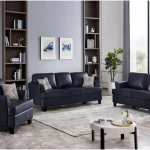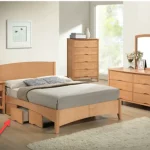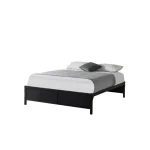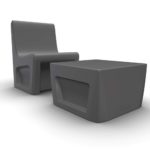4 Proven Strategies for Bed Bug Free Facilities
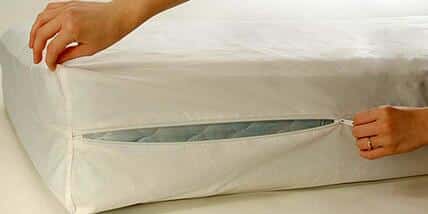
While there is no single solution for bed bug control, there are some tried and true facts that are important to consider when preparing for the possibility of bed bugs.
First and foremost is the acknowledgement that no facility is invulnerable to bed bugs.
Bed bugs are not related to any degree of cleanliness or lifestyle. Anyone, anywhere can end up with beg bugs. The tiny bugs feed on human blood but are not limited to beds. The term “bed” bug is related to the bug’s tendency to be found on sleep surfaces since humans are easy prey when resting. But, bugs are happy to take up residence in any tight space that gives them access to humans including electric outlets, floor boards, base boards and furniture.
For caregivers and administrators of Healthcare and Group Living environments, the threat of bugs can be overwhelming. After all, they can come from anywhere – patients, staff, visitors, delivery agents, etc. While there will likely never be a silver bullet for dealing with the treatment of bed bugs.
Here are 4 proven strategies for keeping your facility bed bug free:
- Be educated and have a proactive plan. It is important to understand how to identify signs of bedbugs. A small population is exponentially easier (and cheaper) to manage than a full-blown infestation. Make sure caregivers and staff understand the signs of bedbugs, including blood and fecal matter that tends to show up on mattress welting and other tight, dark spaces near where humans rest. Bites on humans are another sign of bugs, but not all humans react to bug venom, so a lack of bites does not mean you are bedbug free. Local boards of health and Cooperative Extension Service offices can help you to determine your specific risk and signs of bugs.
- Regularly inspect mattress. Bed bugs nest on and pass along mattress surfaces to get to humans, so regular mattress inspection is a key strategy for bug management. bugs prefer tight, dark spaces and tend to gather under the bedding in mattress welting and mattress seams. Welting is the small tube-shaped edge on most innerspring mattresses. bugs drop feces and blood as they congregate. Mattress encasements are one of the most fundamental and useful tools in managing bed bugs.The solid white mattress encasements are made from a special fabric woven too tightly to allow bugs to crawl through between humans and the mattress surface. Also, a specially made zipper has teeth that are too small to let bugs pass. The encasement essentially traps existing bugs, the special features prevent new bugs from getting to the mattress to nest and the stark white finish facilitates visual inspection of the mattress for any signs of bugs.
- Inspect crevices in furniture and fixtures. While Google is overrun with recommendations for the most bedbug resistant furniture the truth is that nothing is bug proof. Plastic, metal and wood furniture all have natural crevices, seams and places where components attach. Harder surfaces can withstand more frequent cleaning and treatment with substances but no type of furniture is immune to infestation. Minimizing spaces, seams and joints limits spaces for bug nesting. Making a piece of furniture bug proof (if that were possible) would not prevent bugs but would only drive them into floor boards, outlets and the like. Minimizing nesting spaces close to humans may only serve to make identification of an infestation more difficult. Use passive monitors as a proactive measure. Interceptors are an inexpensive and effective tool that helps monitor the possibility of bed bugs in any space. Placing interceptors under bed and other furniture legs serves to catch bugs as they crawl to their feeding source. The specially treated walls of the interceptors do not allow moving bugs to crawl back out as they move from their nest to their food.
The positive identification of bed bugs in any facility can be a chilling experience. It is important to educate staff and diligently inspect for any signs of bug infestations. It is easy to react and expect to be able to find a service that will eradicate any bugs but the reality is that there is no proven method of elimination and re-infestation can be highly likely.
Don’t fall victim to fear-driven advice that includes disposing of existing furniture. No surface is immune to bed bugs. When in doubt, always consult an expert that can give you the right advice.
Get Pricing! Click to Get it!


